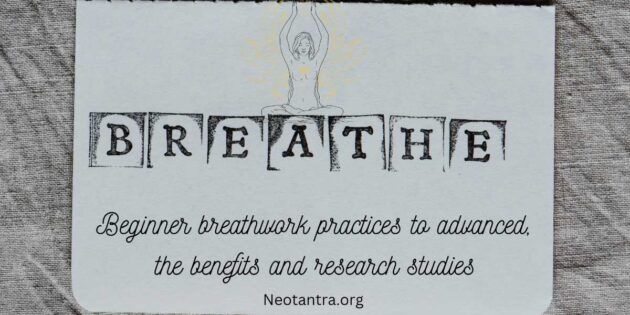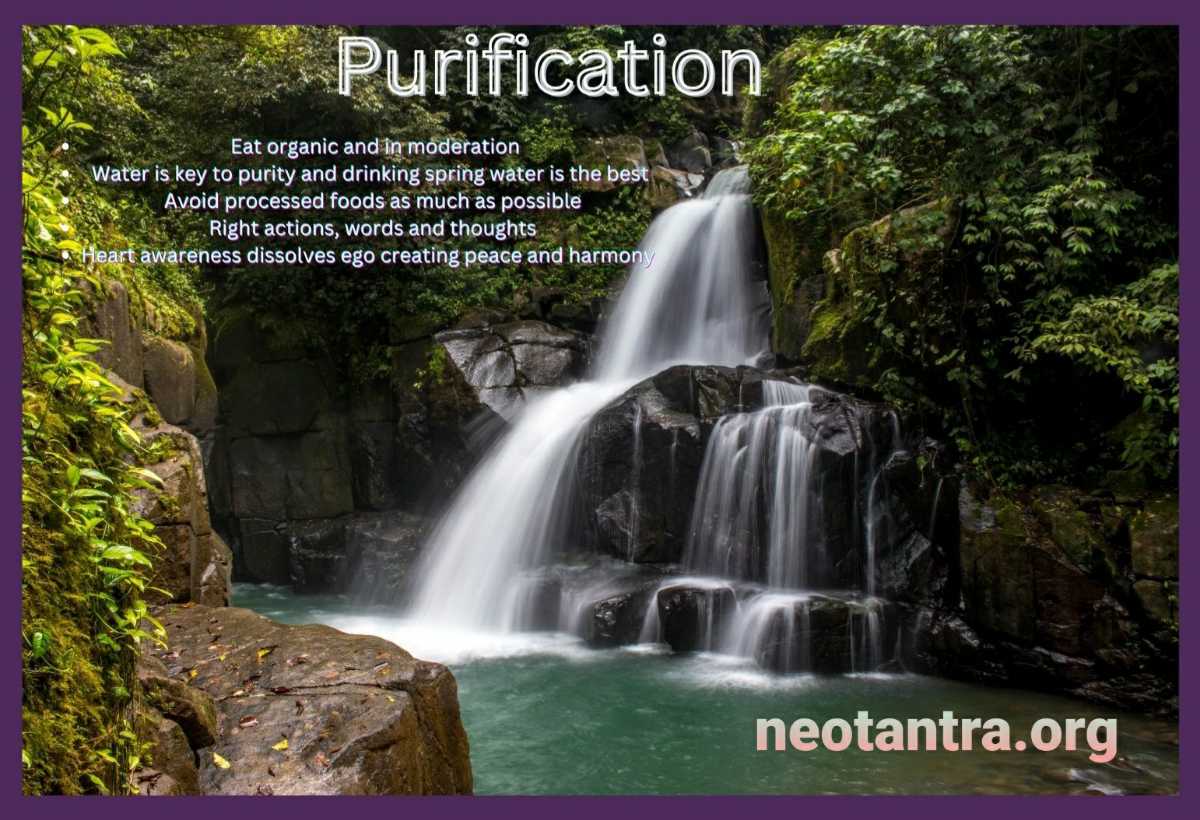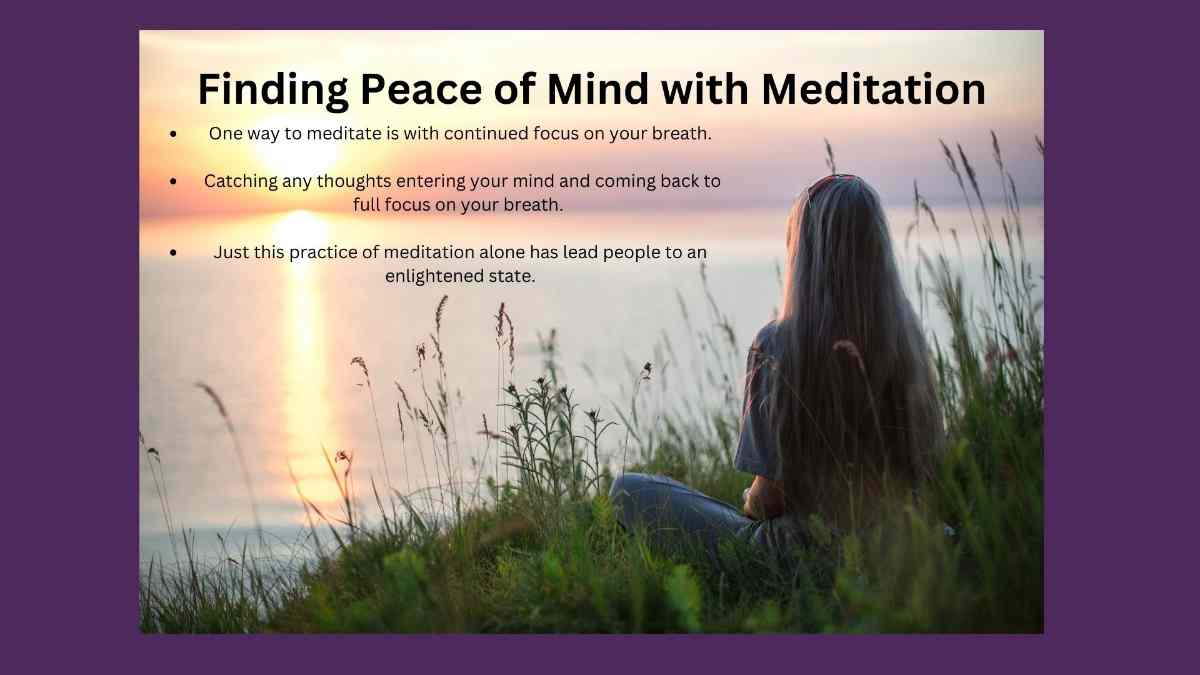Breathwork is an umbrella term used to describe various techniques and practices that involve intentional control of the breath. These practices have been used for thousands of years in many cultures around the world, and today they are becoming increasingly popular as tools for promoting physical and mental health.
In this article, we will explore the different styles of breathwork, from beginner to advanced techniques and practices, and their respective benefits.
Diaphragmatic breathing (Beginner)
Diaphragmatic breathing, also known as belly breathing, is a simple technique that involves breathing deeply from the belly. It is the most basic form of breathwork and is a great starting point for beginners.
To practice diaphragmatic breathing, follow these steps:
Lie down on your back or sit comfortably.
Place one hand on your belly and one hand on your chest.
Take a deep breath in through your nose, allowing your belly to expand.
Exhale slowly through your mouth, allowing your belly to contract.
Benefits:
Reduces stress and anxiety.
Improves sleep quality.
Lowers blood pressure.
Improves digestion.
Strengthens the diaphragm and respiratory muscles.
Alternate nostril breathing (Intermediate)
Pranayama
Alternate nostril breathing, also known as Nadi Shodhana, is a pranayama technique that involves breathing through one nostril at a time while blocking the other nostril with the thumb or finger. This technique is believed to balance the two hemispheres of the brain and promote overall well-being.
To practice alternate nostril breathing, follow these steps:
Sit comfortably with your spine straight and your left hand on your left knee.
Bring your right hand to your nose and use your thumb to close your right nostril.
Inhale deeply through your left nostril.
Use your ring finger to close your left nostril and exhale through your right nostril.
Inhale deeply through your right nostril.
Use your thumb to close your right nostril and exhale through your left nostril.
Repeat steps 3-6 for several minutes.
Benefits:
Reduces stress and anxiety.
Improves respiratory function.
Balances the two hemispheres of the brain.
Enhances mental clarity and focus.
Box Breathing
Box Breathing is a simple technique that involves inhaling for a certain count, holding the breath for the same count, exhaling for the same count, and holding the breath again for the same count. For example, you could inhale for a count of four, hold for four, exhale for four, and hold for four, and repeat for several rounds.
Benefits:
Reduces stress and anxiety.
Promotes relaxation and calm.
Improves focus and concentration.
Coherent Breathing
Coherent Breathing is a technique that involves breathing at a rate of 5 breaths per minute, which is equivalent to inhaling and exhaling for a count of 6 seconds each. This technique has been shown to promote balance in the autonomic nervous system and reduce stress and anxiety.
Benefits:
Reduces stress and anxiety.
Promotes balance in the autonomic nervous system.
Improves heart rate variability.
Circular Breathing
Circular Breathing is a technique commonly used by musicians and vocalists, but it can also be used as a form of meditation and mindfulness practice. It involves breathing in a continuous, cyclical pattern without pausing between the inhale and exhale.
Benefits:
Promotes relaxation and calm.
Improves focus and concentration.
Increases lung capacity and oxygenation.
Nadi Shodhana
Nadi Shodhana, also known as Alternate Nostril Breathing, is a technique commonly practiced in yoga. It involves alternating between breathing through the left and right nostrils while using the fingers to close off one nostril at a time.
Benefits:
Promotes balance and harmony in the body and mind.
Reduces stress and anxiety.
Improves respiratory function.
Sudarshan Kriya
Sudarshan Kriya is a technique developed by Sri Sri Ravi Shankar that involves rhythmic breathing patterns that alternate between rapid and slow breathing. This technique is designed to promote physical and emotional well-being and has been shown to have therapeutic benefits for conditions such as anxiety and depression.
Benefits:
Reduces stress and anxiety.
Improves mood and emotional well-being.
Promotes relaxation and calm.
Sudarshan Kriya is a breathwork technique that originated in ancient Indian traditions, and was popularized in the modern era by Sri Sri Ravi Shankar, the founder of the Art of Living Foundation. The technique involves a series of rhythmic breathing patterns that alternate between rapid and slow breathing.
Here’s how to practice Sudarshan Kriya:
Sit comfortably in a cross-legged position with your hands resting on your knees.
Take a few deep breaths to settle into the present moment.
Begin the first cycle of Sudarshan Kriya by taking a long, slow inhale through your nose.
Exhale forcefully through your mouth while making a “ha” sound, as if you are fogging a mirror.
Take another deep inhale through your nose, followed by another forceful exhale through your mouth while making a “ha” sound.
Continue this cycle of inhaling through your nose and exhaling forcefully through your mouth for several minutes.
After several minutes, switch to a slower, deeper breath pattern, inhaling and exhaling through your nose for a few minutes.
Return to the rapid breathing pattern for another round, and continue switching between the two patterns for several cycles.
Note: Sudarshan Kriya should be practiced under the guidance of an experienced teacher, as it can be intense and may not be suitable for everyone, especially those with certain medical conditions.
Benefits:
Reduces stress and anxiety.
Improves mood and emotional well-being.
Promotes relaxation and calm.
Enhances clarity and focus.
Helps to release emotional blockages.
Has been shown to have therapeutic benefits for conditions such as anxiety, depression, and PTSD.
Wim Hof Method (Advanced)
The Wim Hof Method is a combination of breathwork, cold exposure, and meditation that is designed to improve physical and mental well-being. It is named after Wim Hof, a Dutch extreme athlete who has set multiple world records for endurance in extreme temperatures.
To practice the Wim Hof Method, follow these steps:
Sit comfortably with your back straight and your feet on the floor.
Take 30-40 rapid, deep breaths, inhaling through your nose and exhaling through your mouth.
After the last exhale, hold your breath for as long as you can.
Inhale deeply and hold your breath for 10-15 seconds.
Exhale and repeat the cycle for several rounds.
Benefits:
Boosts the immune system.
Increases energy levels.
Improves mental clarity and focus.
Reduces inflammation.
Enhances physical performance.
Reduces symptoms of depression.
Kapalabhati (Advanced)
Kapalabhati, also known as skull-shining breath, is a pranayama technique that involves rapid, forceful exhalations followed by passive inhalations. This technique is believed to cleanse the lungs, increase oxygenation, and promote mental clarity.
To practice Kapalabhati, follow these steps:
Sit comfortably with your spine straight and your hands on your knees.
Take short, shallow breaths through your nose to prepare. 3. Begin the active phase by forcefully exhaling through your nose while pulling your belly in towards your spine.
Release the belly and allow the inhalation to happen passively.
Repeat for several rounds.
Note: Kapalabhati should be practiced under the guidance of an experienced teacher as it can be intense and may not be suitable for everyone, especially those with certain medical conditions.
Benefits:
Cleanses the lungs and respiratory system.
Increases oxygenation.
Promotes mental clarity and focus.
Strengthens the respiratory muscles.
Improves digestion.
Holotropic Breathwork (Advanced)
Holotropic Breathwork is a technique developed by Dr. Stanislav Grof that involves deep, fast breathing combined with music and bodywork. This technique is designed to facilitate non-ordinary states of consciousness and promote self-exploration and healing.
To practice Holotropic Breathwork, follow these steps:
Lie down on a mat or blanket in a safe and comfortable space.
Begin breathing deeply and rapidly through your mouth, focusing on the inhale and exhale.
Allow the music to guide you and express any sensations, emotions, or images that arise.
After a period of time, slow down your breathing and allow yourself to rest and integrate.
Note: Holotropic Breathwork should be practiced under the guidance of an experienced facilitator as it can be intense and may not be suitable for everyone, especially those with certain medical conditions.
Benefits:
Promotes self-exploration and healing.
Facilitates non-ordinary states of consciousness.
Reduces stress and anxiety.
Enhances creativity and intuition.
Helps to release emotional blockages.
Sudarshan Kriya is a powerful technique that can have profound effects on your physical and mental health. With consistent practice and guidance from an experienced teacher, it can help you to reduce stress and anxiety, improve your mood and emotional well-being, and cultivate a greater sense of clarity, focus, and inner peace.
In conclusion, breathwork is a powerful tool for promoting physical and mental health, and there are many styles and techniques to explore, from beginner to advanced. It’s important to start slowly and gradually build up to more advanced practices, and to always listen to your body and work within your own limits. With consistent practice, breathwork can have profound effects on your well-being and help you to live a more fulfilling life.
The benefits and research of breathwork
There have been several studies on the benefits of breathwork conducted by researchers at Harvard University and other institutions. Here are a few examples:
Reduction in Symptoms of PTSD
A study published in the Journal of Traumatic Stress in 2017 found that a form of breathwork called Sudarshan Kriya significantly reduced symptoms of post-traumatic stress disorder (PTSD) in veterans. The study, which was conducted by researchers at Harvard Medical School and the Boston Veterans Affairs Healthcare System, involved 203 veterans with PTSD who were randomized to receive either Sudarshan Kriya or a control intervention. The results showed that the group that received Sudarshan Kriya had significant improvements in PTSD symptoms, depression, anxiety, and quality of life compared to the control group.
Improvement in Heart Rate Variability
A study published in the International Journal of Behavioral Medicine in 2016 found that a type of breathwork called Coherent Breathing improved heart rate variability, which is an indicator of autonomic nervous system function. The study, which was conducted by researchers at Harvard Medical School, involved 23 healthy adults who practiced Coherent Breathing for 20 minutes per day for six weeks. The results showed that the participants had significant improvements in heart rate variability, suggesting that the practice may have benefits for stress reduction and overall cardiovascular health.
Reduction in Anxiety and Depression
A review published in the Journal of Psychiatric Research in 2017 looked at the evidence for the use of breathwork as a treatment for anxiety and depression. The review, which was conducted by researchers at Harvard Medical School and other institutions, analyzed 16 randomized controlled trials that involved various forms of breathwork. The results showed that breathwork was associated with significant reductions in symptoms of anxiety and depression, and that the benefits were comparable to those seen with other forms of mind-body therapies such as yoga and meditation.
These studies suggest that breathwork can have significant benefits for mental health and well-being. While more research is needed to fully understand the mechanisms behind these effects and to identify the most effective types of breathwork for different conditions, the available evidence suggests that breathwork is a promising tool for improving mental and physical health.


